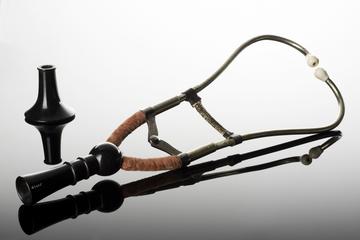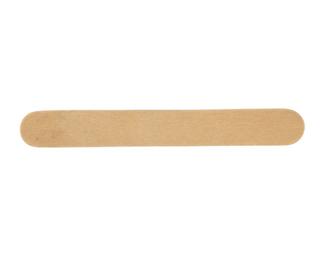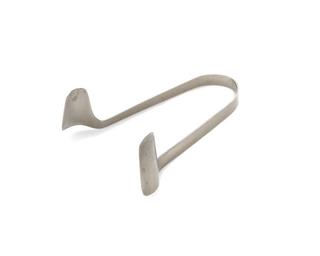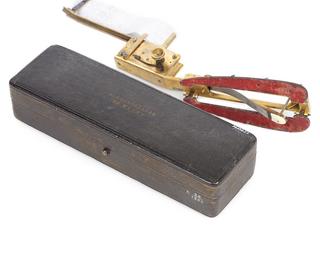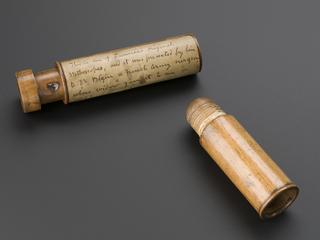
Desormeaux type endoscope, Paris, France, 1861-1880
- Made:
- 1861-1880
Desormeaux endoscope, French, c.1870, Chariere, Collin and Co.
This endoscope is specifically for viewing the rectum. A physician uses an endoscope to look into body cavities. This is to examine a patient and diagnose disease. Specialised endoscopes have different designs and names according to what part of the body they look at, for example the throat, rectum or bladder. This example was designed by French physician A. J. Desormeaux. It comes with attachments of various sizes, called specula. Desormeaux presented his endoscope for the first time in 1853 at the Medical Academy in Paris.
The endoscope uses a light source, in this case an oil lamp, to illuminate the cavity via reflective surfaces. The light bouncing off an angled mirror inside the endoscope lets the physician see. The lamp produced a brighter light than the candle wicks previously used. However, it carried the danger of burns.
Details
- Category:
- Clinical Diagnosis
- Collection:
- Sir Henry Wellcome's Museum Collection
- Object Number:
- A138510 Pt11
- Measurements:
-
overall: 48 mm x 297 mm x 168 mm, 1.34kg
- type:
- endoscope
